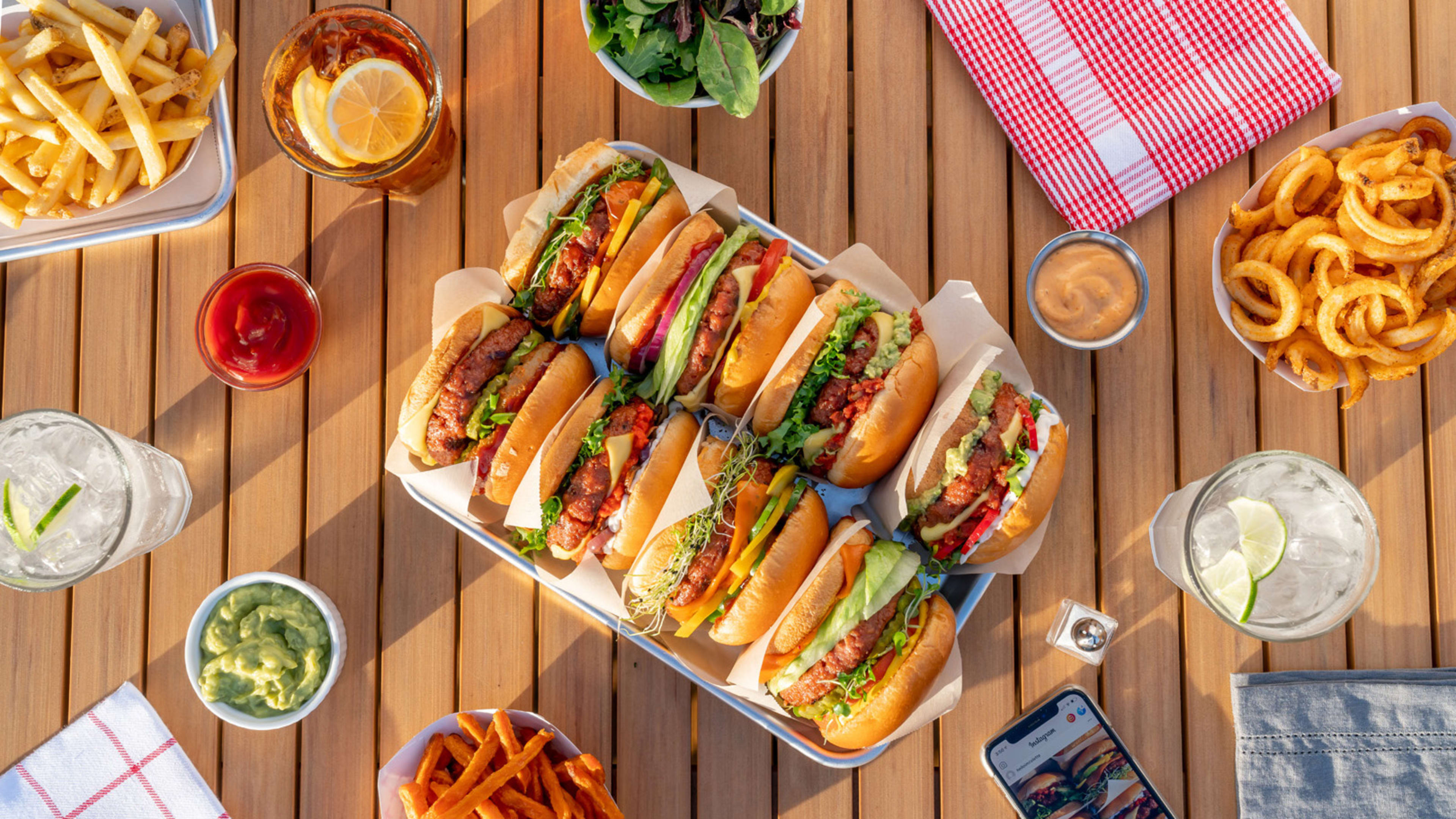Beyond Meat’s recent IPO may have been one of the most successful in history, proving the public–and maybe even more so, investors–have an incredible appetite for the latest and greatest technologies to produce faux meat. But while startups Impossible Burger and Beyond Meat have been capturing the world’s attention through food science-based products designed to make you think you’re eating real meat, there’s still an enormous market for traditional meat alternatives, like soy, tempeh, and seitan.
Lightlife, founded in 1979, is one of the old guard of meat replacements. It sold to Maple Leaf foods in 2017 for $140 million, or only about 1/10th of Beyond Meat’s current stock value. Now, Lightlife wants to modernize to compete. Maple Leaf Foods invested $300 million to build the largest plant-based protein factory in North America. Meanwhile, Lightlife has been formulating its next generation of hamburger patties, Italian sausages, and bratwursts–rolling out to store shelves through July–with the goal of bridging the gap between time-honored plant-based proteins and the modern meat-as-facsimile movement.
You’ve probably seen Lightlife products without realizing it. It manufactures more than 30 products, but its soy Smartdogs are the quintessential vegan hot dog on sale in grocery stores nationwide, and the number-one-selling plant-based hot dog in America. The jumbo SmartDog in particular is a reasonable, if ever slightly too rubbery, placeholder for the real thing, that will take nice char lines and even give you a skin that will snap off the grill. Slide a Smartdog onto a poppy seed bun, and layer it with a small salad’s worth of Chicago-style toppings, and it takes a discerning meat eater to swap the switch. For any vegetarian or vegan who still craves a hot dog now and again–no judgment here, bring on the fake meat so long as it’s delicious–the SmartDog line is a small miracle.
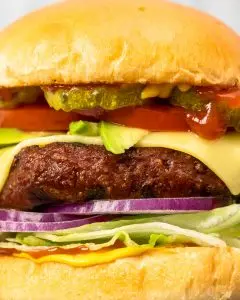
While Impossible Foods has spent the last eight years, and raised hundreds of millions of dollars in funding, to build its burger of today, the Lightlife development team was given a deadline of just six months to develop their alternative. And along the way, they’d develop brats, Italian sausages, and a ground beef product, too. “The goal was simple,” says Jitendra Sagili, VP of research, development, and technology at Lightlife, to “create the best tasting plant-based burger with the least ingredients as possible, with a process that’s straightforward and repeatable.”
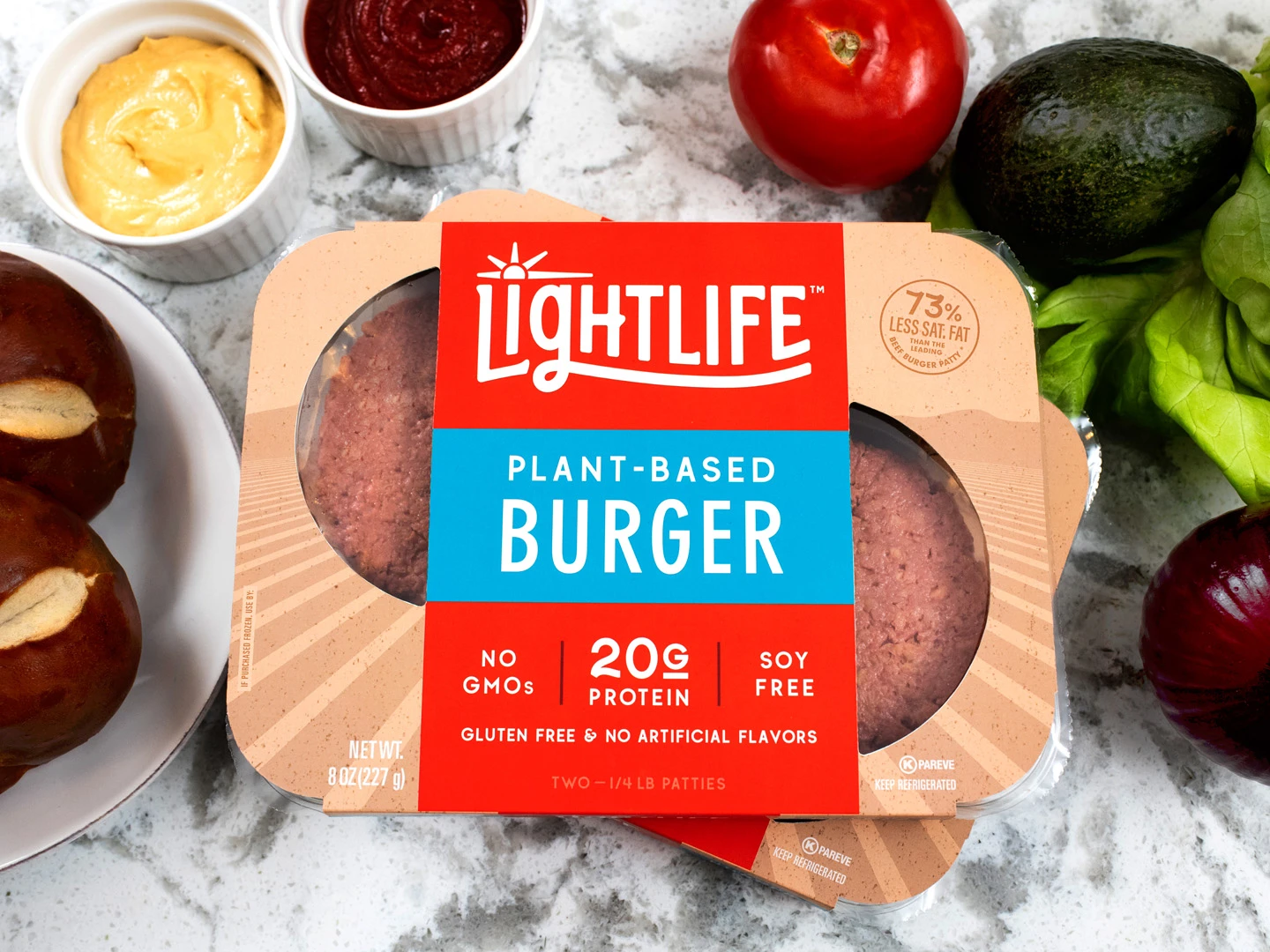
Those insights were the result of careful market research. As Lenahan explains, Lightlife saw its lane, not in destroying the beef, but in giving flexitarian consumers a product with a label they could read, something that felt like a minimally processed food instead of the peak of technology to emulate beef. They also heard complaints from consumers about the high levels of saturated fats in modern veggie burgers–the result of lots of coconut oil to create that glistening fat feeling as you bite in. But of course, taste and texture were the most important considerations–and what consumers reported being the most important thing about eating a veggie burger.
So why make a meat-looking burger in the first place if the goal was also to make a whole food-feeling natural burger? Lenahan readily admits the strange contradiction they’ve heard from flexitarian consumers. They want to eat less meat, but they want it to look like meat–but maybe not too much meat? In other words, most people haven’t necessarily made up their minds on what a meat alternative should look like, but for now it should lean toward meaty. “Think about where we were three years ago, it’s very different right now. Three years from now, consumers will be further down to more plant-based, and they’ll want things further from more traditional meat,” says Lenahan. “And at that point we’ll need to pivot again. The perfect vegan burger is a moving target.”
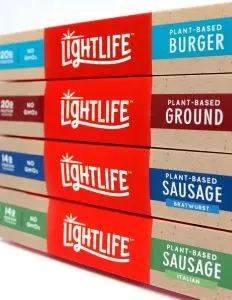
Using low-tech hand mixers and bowls, Lightlife’s kitchen tried mix after mix of veggie burger. The team opted for textured pea protein, even though they admit soy has a more nutritious protein profile (a metric that matters to the company, even if most consumers won’t miss it). “It was delivering the meaty texture much better, and had the resilience to cook on a grill and everything,” says Sagili. To give the burger a red color, they used beet powder (which is a similar trick in Beyond Meat), but they are quick to point out that their burger doesn’t “bleed” red as some do.
Beet bloody or not, the core challenge of burger development is balancing the protein, flavor, emulsifiers to hold it all together, and just the right amount of moisture. “If you use a little bit more seasoning, it becomes dry; you use less, it just falls apart,” says Sagili.
Eventually, the team made something they liked, what they now refer to as their iPhone 1. So they brought the formulation to the assembly line, the exact recipe, and it didn’t work. “Each time you scale up, it’s just like cooking,” Sagili explains. “When you cook something in a small kettle or container, you can make it so good for two to four people. When you try to cook for 200 people, there are so many factors that are completely different.” Lightlife needed to bring their formula from a mixer the size of a Kitchenaid to a 3,000-pound blender. “Once you have a scientist who is like, ‘Dammit, I can’t get this right,’ this person will stay forever,” laughs Sagili.

The only way to know if Lightlife got it right, of course, is to cook and taste the product for yourself–so I asked Lightlife to ship me a vegan butcher’s shop-worth of their frozen burgers and sausages earlier this month. And with my American light pilsner of choice in my hand, I cooked them up–and some SmartDogs as a baseline, of course.
Lightlife’s latest products leave something to be desired. The burger crisps up well on the edges while keeping a soft center. The flavor and texture hits something like an overworked lunchroom meatloaf. It’s either the yeast or pea protein that leaves an almost grain-like aftertaste. Nothing is offensive, but nothing is cravable. While I prefer a pretty traditional burger most of the time, I find myself lingering for some southwest seasoning, or something else to delicious-fy this experience. It doesn’t taste like meat, and that’s fine. I just want it to taste like something good.
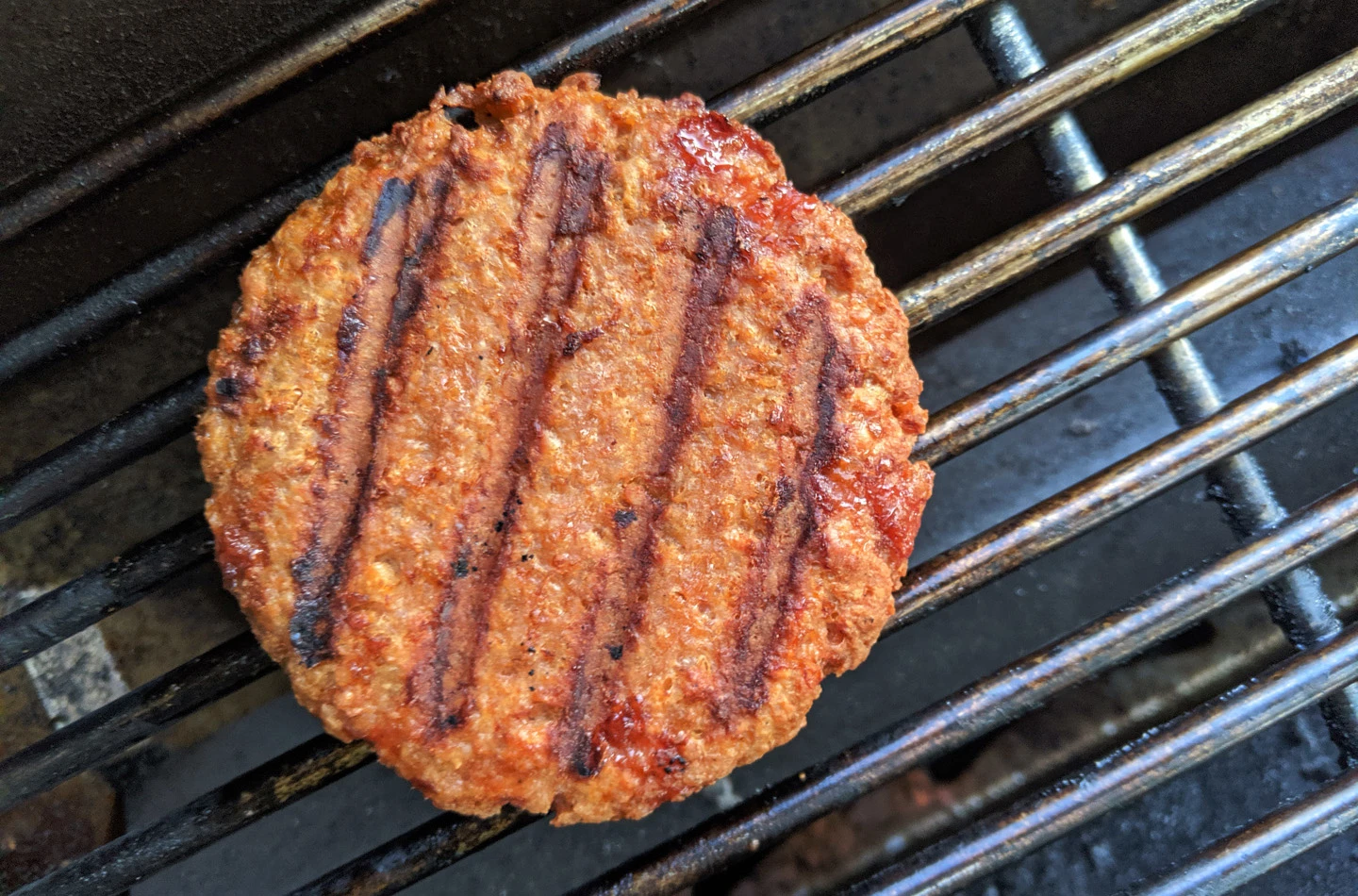
I bite into the brat, which I’ve covered with some stone ground mustard. For a moment, it’s Oktoberfest in my mouth. The texture matches the fine grinding of a German sausage, and it’s spiked with that mix of subtle sweet and savory and . . . brat-like? . . . flavoring? But suddenly that disappears and leaves the same pea protein/yeast flavor I encountered earlier lingering on my tongue. It’s a bait and switch on my tastebuds.

Finally, I try the Italian sausage–topped with some giardiniera. The snap is excellent. I’m hit with lots of fennel and a bit of smoke from the dried red pepper inside. Then the come down to the aftertaste–not nearly as devastating as it was on the brat, but noticeable. But it’s almost great. It’s almost great just like a favorite dish you cook at home can be, but, for whatever reason, it’s just off today. And you know that it’s salvageable with the right splash of vinegar or pepper.
I want more salt. I want more umami. I pour some soy sauce onto the sausage–I know that sounds weird–and it almost helps? It’s not the solution, but it’s a step in the right direction.
I think I’d buy the Italian sausage in the future. I’d probably pass on the rest. That said, I realized my favorite part of the process wasn’t eating Lightlife’s new burger and sausages but cooking them. All of the new products hit the grill with a confident sizzle. As they heat, the juices begin to drip out, just like real patties and sausages, fritzing smoke into the air. This sounds like a small point–and perhaps the result a lifetime of male stereotypes weighing down upon me–but one of the least satisfying parts of grilling Smartdogs is that they cook silently and with no visual feedback until they burn, like some hot dog engineered by a $10 billion stealth project by Lockheed Martin. Grilling carrots and mushrooms is delicious, no doubt, but it doesn’t scratch my primal itch to watch drippy fats feed hot flames. As the sun shines on my face, I take a swig of cheap beer, and the new Lightlife brat skin crisps with a thin layer of golden fats, it feels like I’m at a traditional backyard BBQ, and that unto itself is wonderful.
Recognize your brand’s excellence by applying to this year’s Brands That Matter Awards before the early-rate deadline, May 3.
